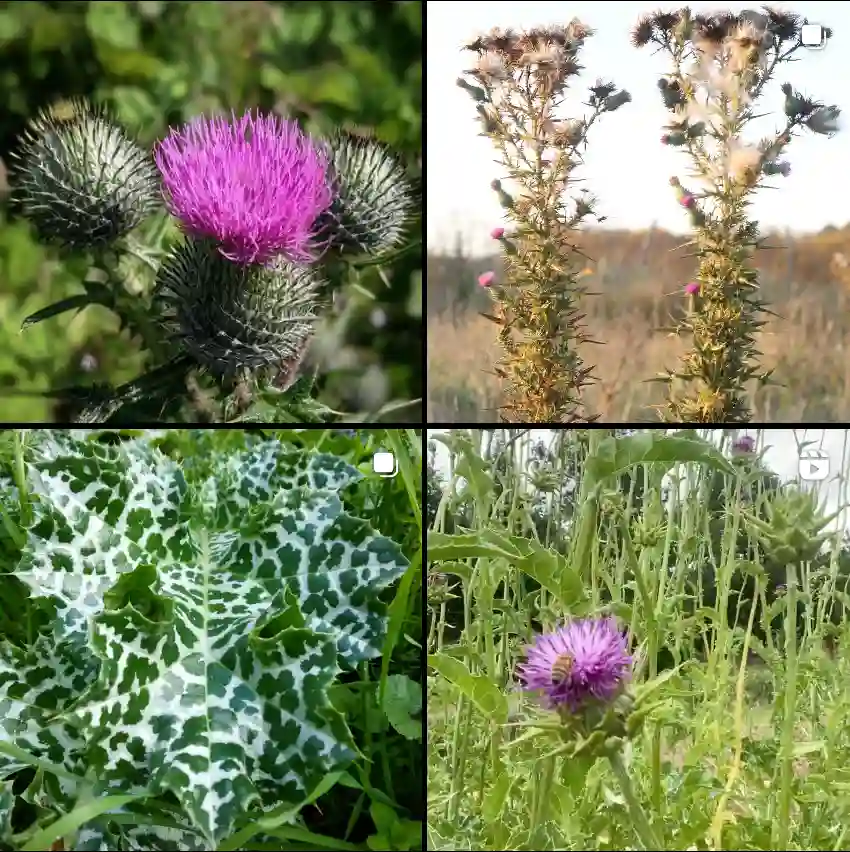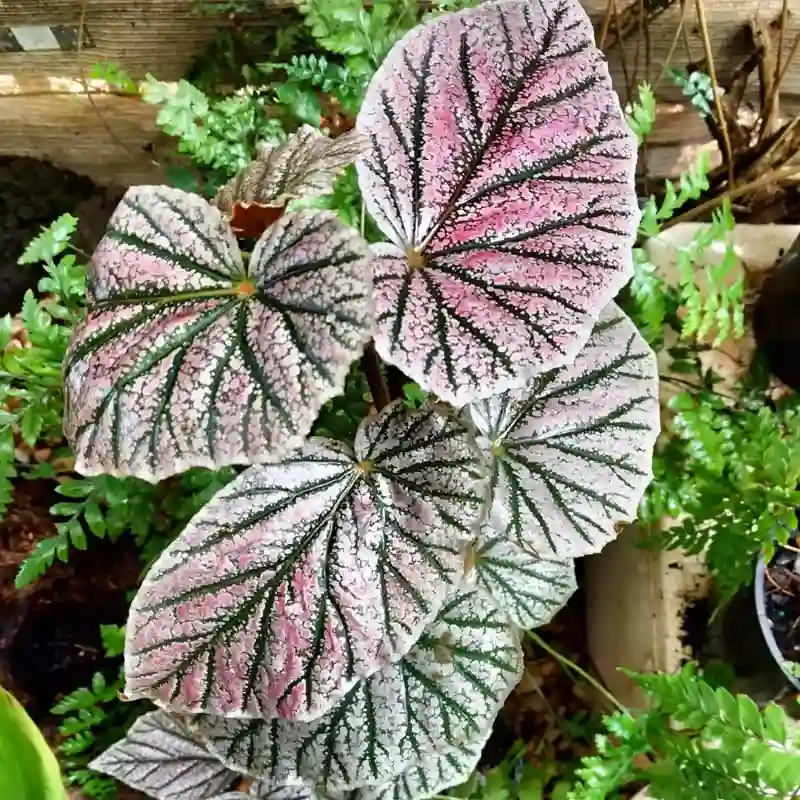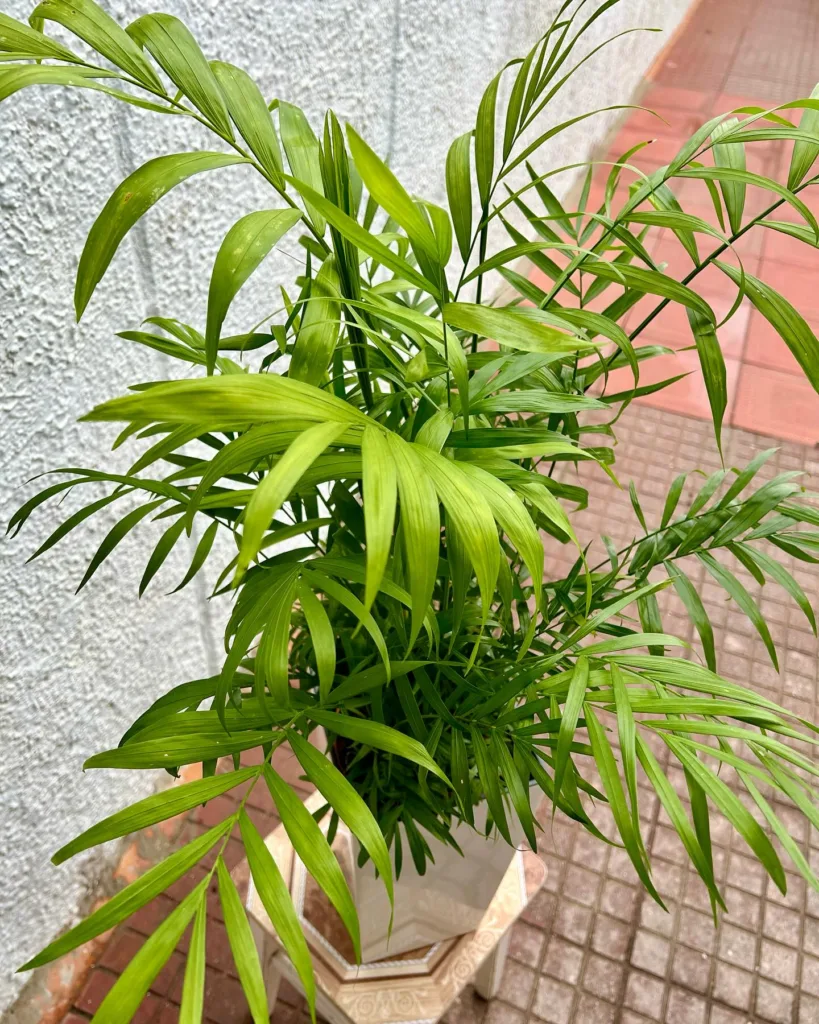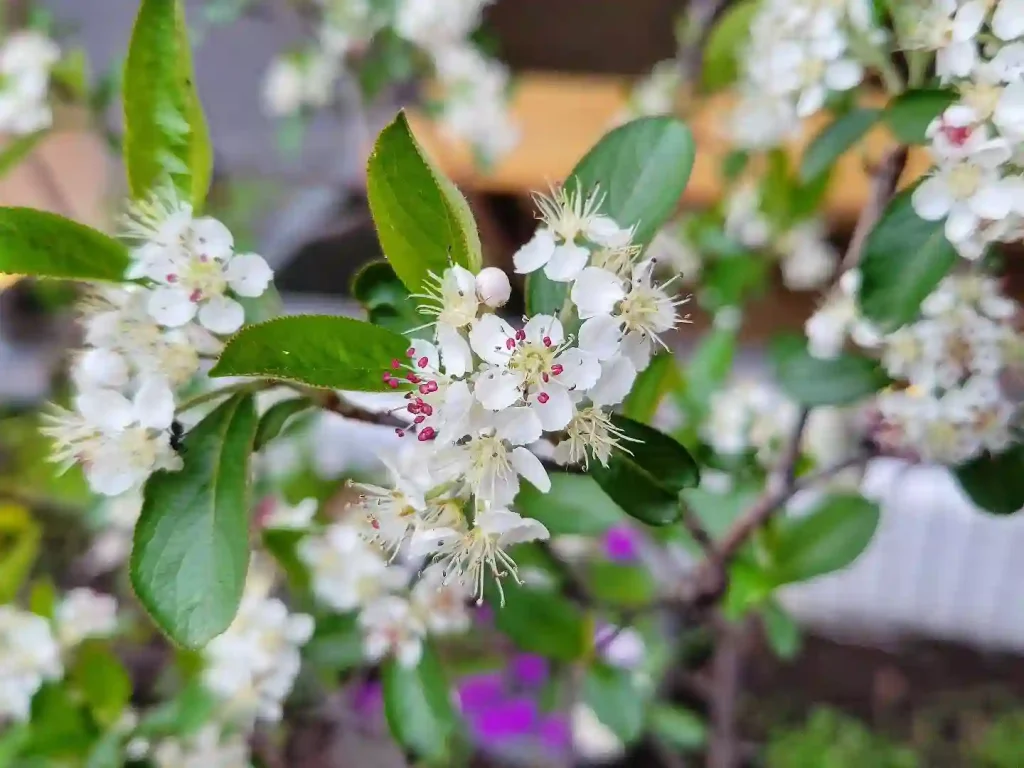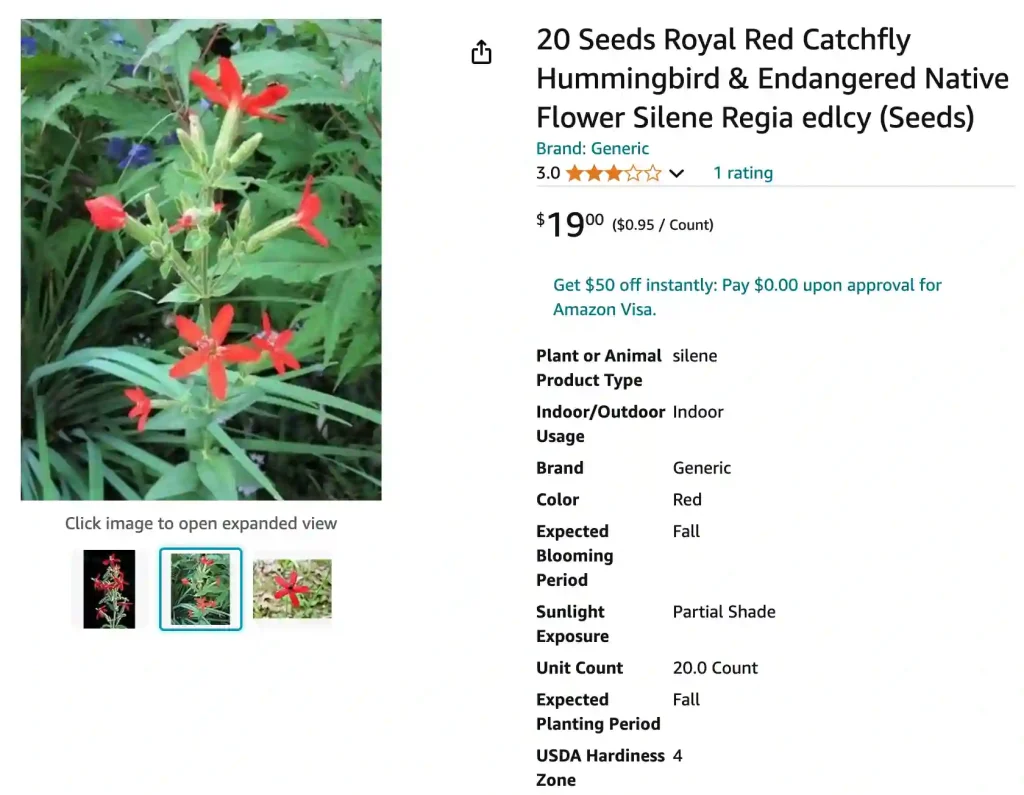
Silene Regia: Frequently Asked Questions
I’ve always been drawn to unique, hardy plants, and Silene Regia, commonly known as Royal Catchfly, is one that stands out in my collection. With its vibrant red flowers and tall stature, it’s a striking addition to any garden. Over time, I’ve gathered some common questions about growing and caring for Silene Regia, and I’d like to share my experiences with this fascinating plant.
911 Species in Genus Silene
What is Silene Regia?
Silene Regia, or Royal Catchfly, is a perennial native to the central United States. It’s well-known for its scarlet, star-shaped flowers that bloom in summer and attract hummingbirds and butterflies. The plant typically reaches about 2 to 4 feet in height and thrives in prairies, meadows, and other sunny locations. One of the things I admire most about Silene Regia is how resilient it is, thriving in a range of soil types while adding bright color to my garden.
How to Grow Silene Regia?
Growing Silene Regia is relatively straightforward. It prefers full sun, although it can tolerate partial shade. In my experience, the more sunlight it gets, the more vibrant the blooms will be. The soil should be well-draining, but it doesn’t need to be particularly rich or fertile—Silene Regia is quite adaptable and can handle poor soil conditions.
I’ve found that planting Silene Regia in a location with good air circulation helps prevent fungal diseases. Once established, the plant is quite drought-tolerant, but I recommend watering it regularly during its first growing season to help develop a strong root system. After that, it requires minimal maintenance, which is great if you prefer a low-fuss garden like I do.
How to Propagate Silene Regia?
Propagating Silene Regia can be done through seed or division. I’ve had success with both methods, but each has its own process.
When propagating by seed, I’ve found that cold stratification is essential. I usually sow the seeds in the fall or early spring, placing them in moist soil and keeping them in a cool area to mimic winter conditions. After a few months, they’ll begin to sprout once the temperatures warm up. Be patient with this method, as the seeds may take a while to germinate.
For division, I wait until the plant is mature and well-established. Early spring is the best time to divide Silene Regia, before the plant starts its active growing season. Simply dig up the clump, carefully separate the roots, and replant them in different areas of your garden.
How to Care for Silene Regia?
Once Silene Regia is established, it’s incredibly low-maintenance. The plant doesn’t need much fertilizer—applying compost in the spring is usually enough to keep it healthy. I prune any dead or damaged stems in early spring to encourage new growth and remove spent flowers to promote more blooming throughout the season.
If you live in an area with heavy rainfall or clay soils, make sure to provide good drainage. Silene Regia dislikes having its roots constantly wet, and soggy conditions can lead to root rot. A well-draining soil mix or a raised bed can help mitigate this issue.
Can You Grow Silene Regia Indoors?
Silene Regia is best suited for outdoor gardens. I wouldn’t recommend growing it indoors because it requires full sun and space to spread out. It’s a tall plant, and the conditions inside most homes, such as lower light and humidity levels, wouldn’t be ideal for its growth.
Is Silene Regia Toxic?
One thing I appreciate about Silene Regia is that it’s non-toxic to both humans and pets. It’s safe to plant in gardens where children or pets may roam freely, without worry of any accidental ingestion causing harm. This makes it a fantastic choice for family-friendly spaces.
What to Plant with Silene Regia?
When deciding what to plant alongside Silene Regia, I’ve had great success pairing it with other native prairie plants. Coneflowers, Black-eyed Susans, and Prairie Dropseed complement Silene Regia beautifully, creating a naturalistic, wildlife-friendly garden. These plants all share similar growing conditions, so they thrive together, and the contrasting flower shapes and colors add visual interest.
Common Problems with Silene Regia
While Silene Regia is relatively trouble-free, it’s not immune to issues. In my garden, the most common problem I’ve faced is powdery mildew, especially when the plants are overcrowded or exposed to too much humidity. To avoid this, I make sure to space the plants well and ensure good airflow around them.
Occasionally, I’ve noticed aphids on the stems, but these pests are easy to control with a strong spray of water or by introducing beneficial insects like ladybugs into the garden.
Benefits of Growing Silene Regia
I find Silene Regia incredibly rewarding to grow, not only because of its stunning blooms but also because of the wildlife it attracts. Hummingbirds, bees, and butterflies flock to this plant, making it a fantastic choice if you’re looking to support pollinators in your garden. It also adds a beautiful pop of red, which contrasts nicely with the greens and yellows of other native plants.
Additionally, Silene Regia is a great choice for xeriscaping or low-water gardens. Once established, it can handle dry conditions, making it a valuable plant for those looking to reduce water use.
How Does Silene Regia Compare to Other Similar Plants?
Silene Regia is sometimes confused with other members of the Silene genus, like Silene Virginica (Fire Pink). While both have bright red flowers, I’ve noticed that Silene Regia grows taller and is more robust. Fire Pink tends to stay lower to the ground and has slightly smaller blooms. Both are excellent native plants, but if you’re looking for height and a bold statement in the garden, I’d recommend Silene Regia.
In conclusion, Silene Regia is a versatile, hardy, and beautiful plant that can enhance any garden. Whether you’re looking to attract pollinators, create a low-maintenance garden, or simply enjoy vibrant, long-lasting flowers, this plant is a fantastic option.
If i die, water my plants!
